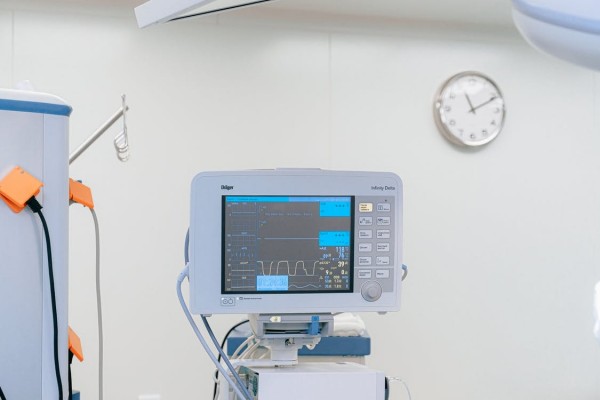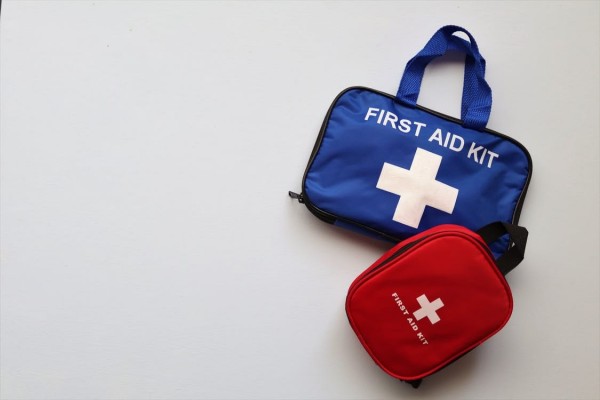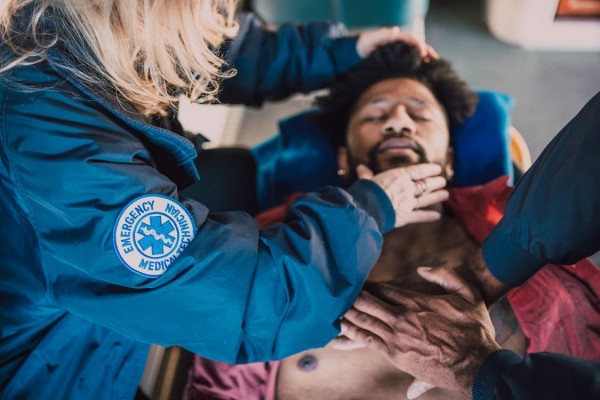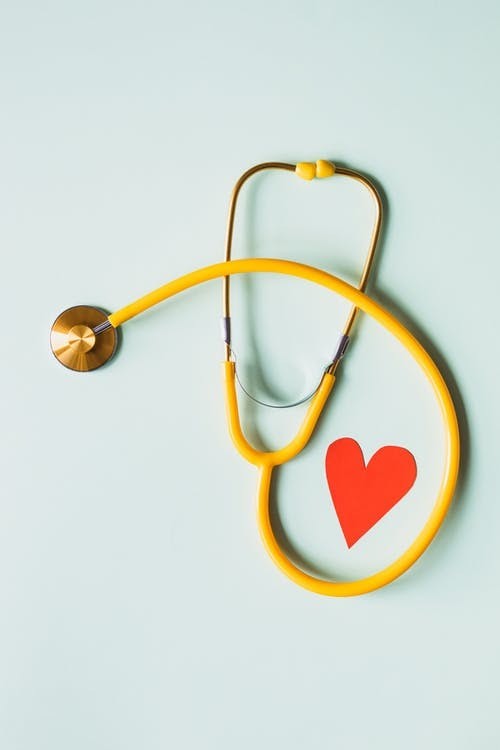With sudden cardiac arrest being one of the leading public health problems, new solutions and approaches in minimizing the risks, as well as ways to prevent the fatal outcome are being made.
One of the life-saving solutions (that is implemented after the SCA occurs) is the use of an AED.
The wider availability of AEDs made it possible for everyday people (not just doctors) to administer help before the ambulance arrives. It also made it necessary to learn how to operate this device properly.
Being prepared and ready to react quickly in this emergency situation could make all the difference.
For exactly that reason, here is a simple guide on using an AED
What is SCA?
First and foremost, let's talk about the sudden cardiac arrest (SCA), the reason why you might need to use an AED.
Simply put, SCA is a serious medical condition in which the heart stops beating. When that happens, the blood can't reach the brain and other vital organs causing the body to shut down.

It is one of the leading causes of death in adults over 40 years of age. And they are not the only demographic that can be affected by this condition. Many young people including even student-athletes can succumb to this potentially deadly condition.
Not everyone is affected equally and there are certain factors that increase the risks of SCA so it's crucial to be informed. For that reason, raising public awareness is a constant work in progress.
What is an AED and when to use it?
An Automatic External Defibrillator (AED) is an electronic device that uses electrical impulses to stop the arrhythmia and re-establish the heart's regular rhythm.
Proper AED treatment can go a long way to improve the survival rate provided it has been administered fast enough. Sadly however, survival rates for SCA generally remain around 10%.
Contrary to popular opinion, the use of the AED is not strictly limited to medical professionals and hospital settings.

More and more people with serious heart conditions are deciding on an AED for their home.
Thanks to constant advances in modern technology the design and efficiency of AEDs are improving as well.
They are becoming portable, more affordable, and easier to use. That way they are becoming more accessible, meaning more lives can be saved.
Companies such as Avive made it their mission to do just that, to win every battle possible against SCA.
Their professional expertise and inventions target the SCA-related issues and prevention strategies in order to develop some incredible solutions to increase SCA survival rates.
Where to find an AED?
The fact is that not every house is equipped with an AED. Not only that, but SCA can happen anywhere.
If you are in a public space when SCA occurs, there are certain places where you can find the AED.
Not every location of an AED is registered and it can vary from town to town.
However, they can most commonly be found in large public places such as:
-
schools
-
public libraries
-
business centers
-
sports clubs
-
gymnasiums
-
shopping malls
-
community centers
-
airports
-
zoos
The catch is that most of these public places are usually open for a specific amount of time so the accessibility of the AED is determined by those work hours.
How to use an AED?
Important note: First of all, if you have an AED in your home, store the device in an easily accessible place. In situations where every second counts, easy access can make all the difference.

The use of an AED is simple and often taught in basic first aid and CPR classes.
Here are the easy-to-follow steps that could help you save someone's life.
Step 1: By turning the device on it should show you visual and/or audio prompts you need to follow.
Step 2: Open the person's shirt and make sure their chest is dry.
Step 3: Attach the AED pads and, if necessary, plug in the connector.
Step 4: If you are not sure that you should use the AED, press the ANALYZE button and allow the device to check the person's heart rhythm.
Step 5: If the AED recommends that you deliver the shock, make sure that no one (including you) is touching the person and press the SHOCK button.
Step 6: After the shock, begin CPR (also guided by the AED) and repeat it in cycles if necessary, all the while following the AED's prompts.
Step 7: If there is a sign of life, stop performing the CPR and monitor the breathing until the ambulance arrives.
In case you are worried you might not remember these steps (especially in the intense situation when the adrenaline starts pumping), you can write them down or print them and always keep them nearby. That way you will be ready to sharpen your focus and react no matter what.
Proper maintenance
Just like most devices, AED needs to be maintained regularly and with some care.
Most home AED have alarms (or lights) that will notify you of any issue. Change the batteries regularly and pads when necessary.
Another useful feature is being able to register your device with the manufacturer. That way you will get safety alerts and you can check the website anytime for information.
Before you decide on purchasing the AED, do the research and consult your doctor in order to find the right device for you.


